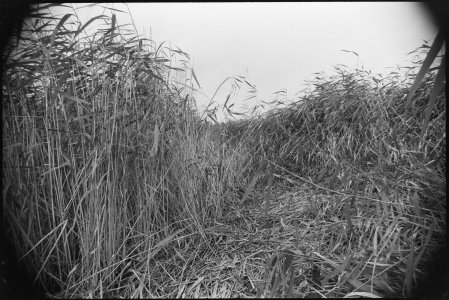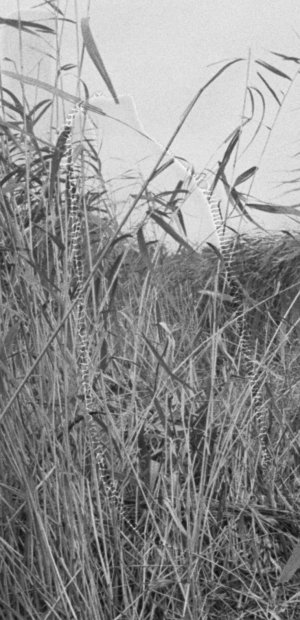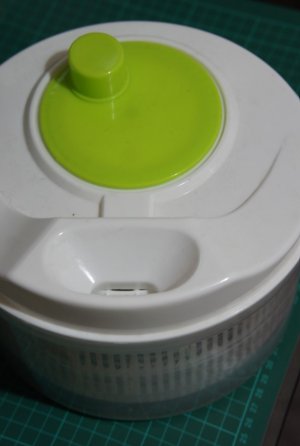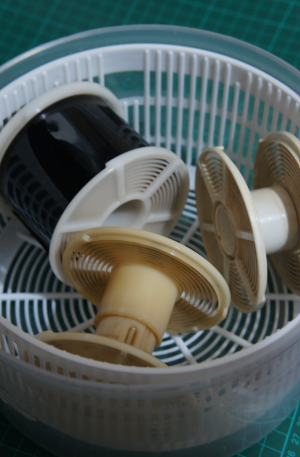Stevenson Gawen
Well-Known Member
This was the last but one shot on the roll of HP5+ I developed 2 days ago... I like the photo, but...
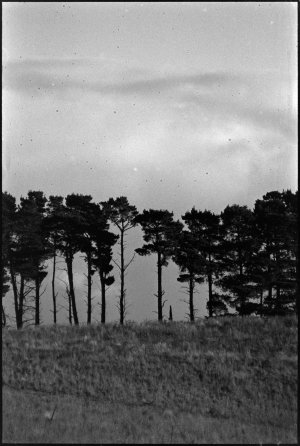
I've got a bit of a chronic issue with water spots - at least I think that's what they are.
Thinking of getting a squeegee, but have read they can cause scratching. My current method is final rinse with filtered water, run the film through two fingers, and hang up to dry. That works fairly well, but I got a few water marks still, so on this one I tried flicking or shaking the film to get as much water off as possible - and this is the result! That is one of the worst frames.
Details - dev in ID-11 for 8min at about 19-20 C, Ilfostop, Ilford Rapid fixer. Shot in a Pentax MZ-5 with Sigma 70-300.
Just so you know, that was probably about the 10th roll I've developed - still a newbie to film! I used Cinestill DF96 monobath to start with, recently graduated to ID-11.
Any thoughts much appreciated!

I've got a bit of a chronic issue with water spots - at least I think that's what they are.
Thinking of getting a squeegee, but have read they can cause scratching. My current method is final rinse with filtered water, run the film through two fingers, and hang up to dry. That works fairly well, but I got a few water marks still, so on this one I tried flicking or shaking the film to get as much water off as possible - and this is the result! That is one of the worst frames.
Details - dev in ID-11 for 8min at about 19-20 C, Ilfostop, Ilford Rapid fixer. Shot in a Pentax MZ-5 with Sigma 70-300.
Just so you know, that was probably about the 10th roll I've developed - still a newbie to film! I used Cinestill DF96 monobath to start with, recently graduated to ID-11.
Any thoughts much appreciated!

